A pair of kakariki (NZ native parakeets) perch in tree ferns on Ulva Island.
After last week’s post about the popularity of certain types of animals in photography, I decided to look through my own nature photos to see if I also seemed to prioritize certain animals. While I did find quite a lot of photos of large charismatic mammals, I was glad to find a wide variety of other creatures and organisms too, including reptiles, amphibians, smaller mammals, invertebrates, plants, fungi, fish, corals, and so on. But the creatures I seem to photograph most by far are birds. That’s partially due to spending a lot of time in NZ, where birds evolved to fill many ecological niches usually filled by mammals. But there are also tons of bird photos from before I moved here. So in this week’s post, I’m sharing some of my favorite birb- *ahem* bird photos!
But before we get started, I also have an announcement: The Wild Focus Project is going on hiatus until Friday Feb 23. I’m going to be moving house, and then traveling around NZ’s South Island without reliable internet. The hiatus includes Facebook and Twitter, although I may be occasionally posting on Instagram if I see cool wildlife (very likely) and can get online (less likely). Once I’m back in town, I’ll be putting up a new post every Friday, NZ time, as usual.
***
We spotted this lilac-breasted roller perched on a telephone wire while out on an early morning game drive in Kruger National Park, South Africa. It was on this trip that I first became really interested in wildlife photography! Rollers are gorgeous birds with spectacular colors, and my photo doesn’t quite do it justice. Here’s a great shot of one by Steve Wilson on Flickr.
Here in Dunedin, NZ, we’re right next door to the only albatross colony in the world that you can drive to! Albatrosses have the world’s largest wingspan – over three meters, or about ten feet. Their wings are so long that they’ve developed an extra joint just to fold their wings so they don’t stick out! Those huge wings allow them to soar over the southern oceans and around the world multiple times for up to five years at a time – without ever touching land. But they’ll always return to the same colony when it’s time to find a mate and reproduce. This time of year, the chicks are starting to hatch, and you can watch a live feed!
One of the most beautiful and most-visited destinations in NZ is Milford Sound, but the road to get there from the town of Te Anau is at least as spectacular as the end destination. One of the popular road-side stops is next to Mirror Lakes, which do exactly what they sound like they do – unless it’s raining (a frequent occurrence), or a duck passes through. This scaup was accompanied by two or three ducklings, and had zero qualms about messing up the reflections of the mountains in the water.
I got this shot of a great blue heron while I was home in Maryland over the holidays, a little over a year ago. My friend Charlotte came to visit me, and we went out to Blackwater Wildlife Refuge on Maryland’s Eastern Shore. Maryland may not be as famous for wildlife as we are for crabs, Old Bay seasoning, and The Wire, but we do have some pretty cool wild residents! Check out my post about the Chesapeake Bay from a few months ago for more.
It was only after a year of living in NZ that I actually got to see a kiwi bird in the wild. There are five species of kiwi – this one’s a Rakiura/Stewart Island kiwi, the only species that’s active during the day. Kiwi are flightless and barely have wings anymore, but they have big strong legs and can deliver a powerful kick to defend themselves. But usually they’re pretty harmless, just digging through dirt to find tasty bugs and worms. The kiwi is the only bird that has its nostrils at the end of its beak, to help find food, and you can sometimes find them at night by listening for the snuffling sound of them blowing dirt out of their nose.
This photo comes from the trip to Stewart Island I wrote about just a few weeks ago! There are NZ robins everywhere, and they like hanging out around people because we kick up bugs when we walk. I was trying to photograph the robin standing on the branch, but it took off just as I pressed the shutter, resulting in this slightly blurry mid-air shot. They’re fast.
Now, you may have seen these next two photos before – and if you make your way to the Otago Museum in Dunedin this May or June, you may see them again! I submitted these to the museum’s annual photo competition. These two images are probably some of the best photos I’ve ever taken. The tui, on the left, was at Orokonui Ecosanctuary, and the oystercatcher, on the right, was on Ulva Island last February. Click to see full size versions.
***
I hope you’ve been enjoying the Wild Focus Project! We’ll be back late next month – talk to you then.
